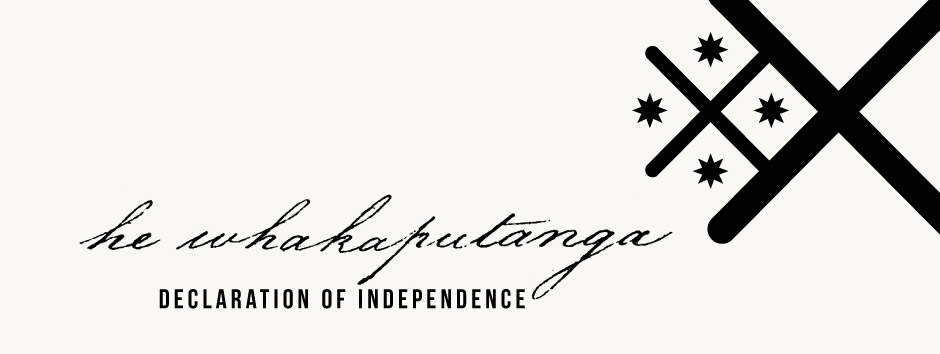Signing details
Unfortunately, there are few references to Wharau in published sources. One gives his 1835 residence as Mangakāhia, while another suggests the east-coast harbour of Whangaruru was his home. Te Ngere – who signed He Whakaputanga after Wharau – is also said to be from Whangaruru, which suggests they signed together on 28 October 1835. Interestingly, on 6 February 1840 Wharau and Te Ngere also signed Te Tiriti o Waitangi together – and in the same order.


Community contributions